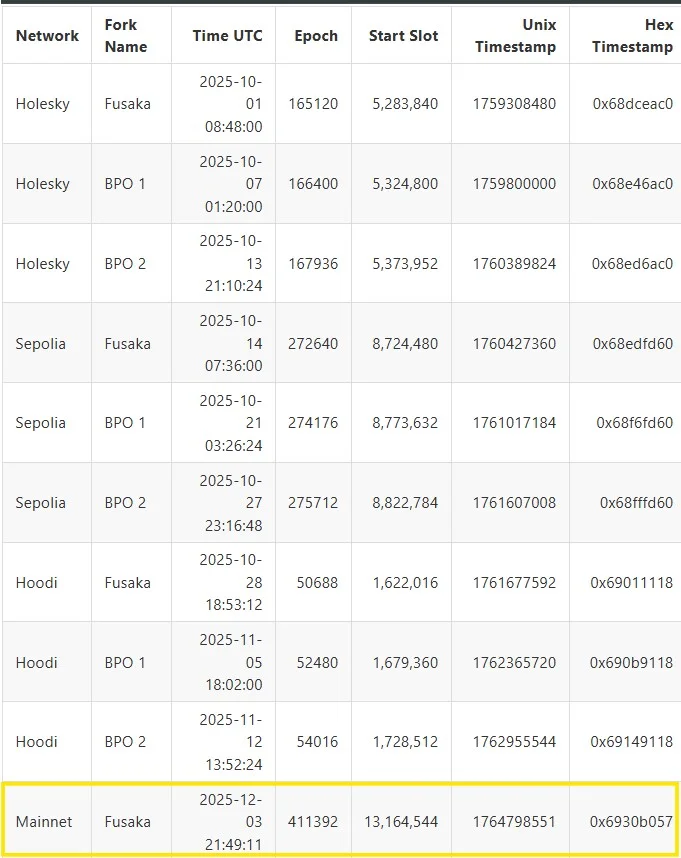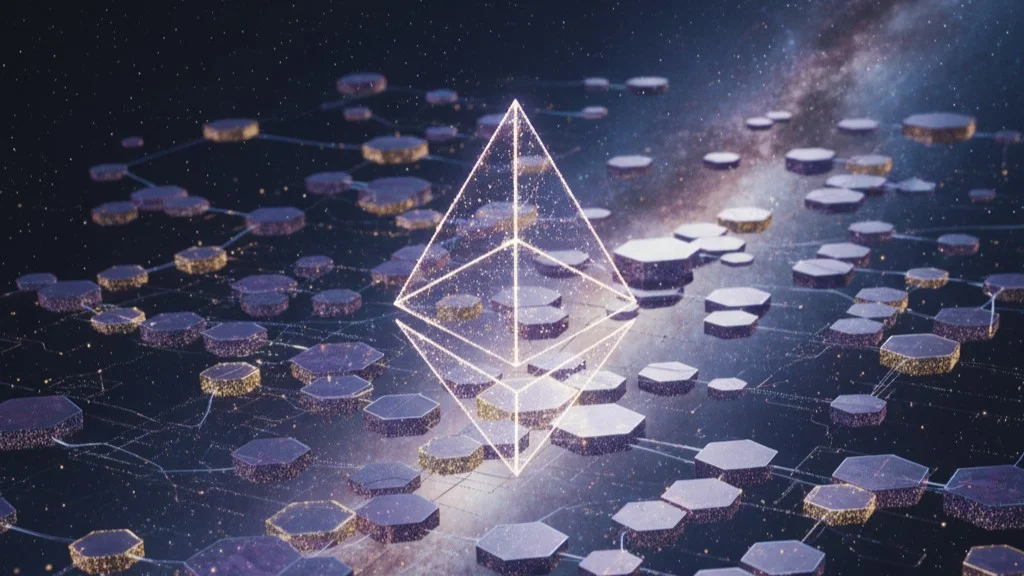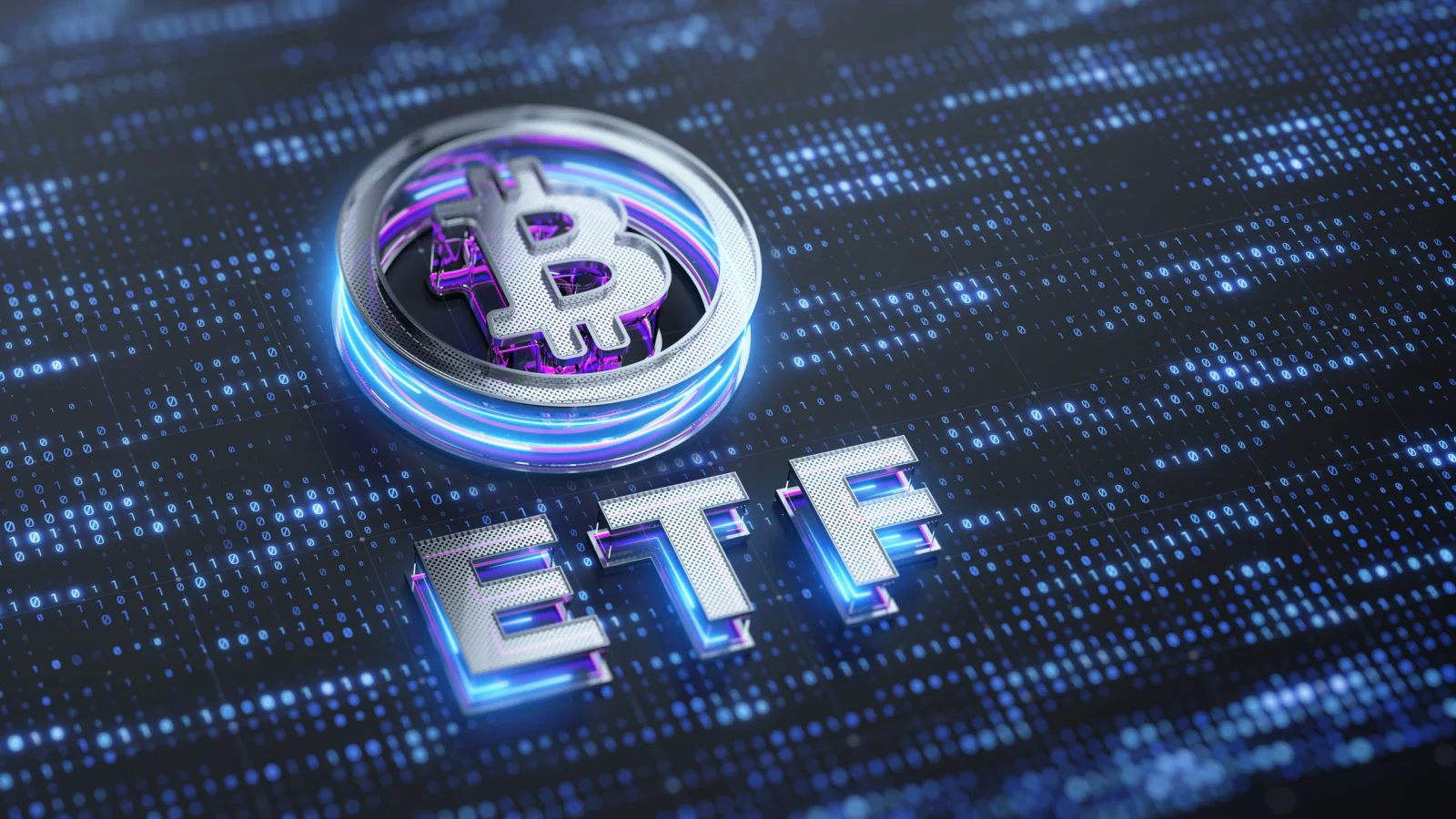Ethereum developers have officially announced a new upgrade plan aimed at increasing the network's scalability. The upgrade, dubbed "Fusaka," is planned to be integrated into the mainnet on December 3, 2025. This process will begin with trials on three different testnets in October. If the tests on the Holesky, Sepolia, and Hoodi testnets proceed smoothly, one of Ethereum's most significant updates will be implemented by early December.

Ethereum All Eyes December
The Fusaka upgrade aims to further advance Ethereum's "blob" structure, introduced with the Dencun update implemented in March. Blobs, which allow for more efficient storage of transaction data on the blockchain, play a critical role, particularly in reducing the costs of layer-2 (rollup) networks. Therefore, Fusaka is seen as a significant step in the Ethereum ecosystem's scalability journey.
Following the upgrade, two small-scale hard forks, called "Blob Parameter Only" (BPO), are planned. The first BPO update will go live one week after Fusaka and will increase the blob capacity from 6/9 to 10/15. The second BPO, which follows, will increase the capacity to 14/21. This will increase transaction efficiency by providing Ethereum with much larger data storage for layer-2 solutions. This phased transition will maintain developers' goal of secure scalability while not requiring any additional client software updates on the user side.
The Ethereum Foundation is also taking additional steps to enhance security ahead of Fusaka. The security competition on the Sherlock platform, announced on September 15th, encourages developers to identify potential vulnerabilities with a $2 million prize pool. The four-week competition will serve as an important security shield for Fusaka's safe migration to the mainnet.
Meanwhile, there will be changes to the testnet infrastructure. The Holesky network is planned to be decommissioned two weeks after Fusaka's implementation. This decision was made following technical difficulties encountered during the Pectra update, which went live in May. According to Ethereum researcher Christine Kim, new BPOs are also on the agenda for the post-Fusaka era. This suggests that Ethereum will continue to gradually increase capacity until the planned "Glamsterdam" upgrade in 2026.
The Pectra update introduced significant changes to staking and account abstraction in May. Fusaka and the BPO series are expected to mark a new era in Ethereum's scaling journey. Developers expect the increased transaction capacity to both reduce user costs and make Ethereum more attractive for DeFi and enterprise use.




